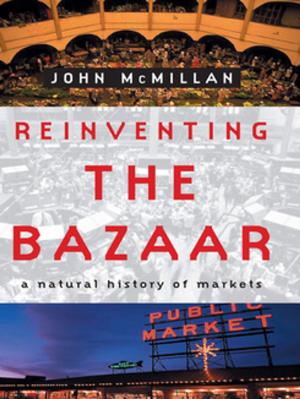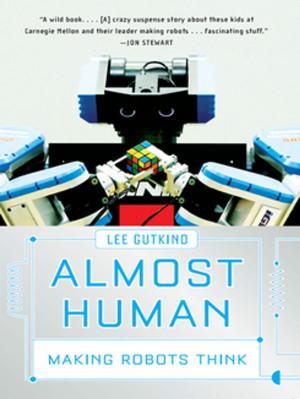Anxious Decades: America in Prosperity and Depression, 1920-1941
Nonfiction, History, Americas, United States, 20th Century| Author: | Michael E. Parrish | ISBN: | 9780393254242 |
| Publisher: | W. W. Norton & Company | Publication: | April 17, 1994 |
| Imprint: | W. W. Norton & Company | Language: | English |
| Author: | Michael E. Parrish |
| ISBN: | 9780393254242 |
| Publisher: | W. W. Norton & Company |
| Publication: | April 17, 1994 |
| Imprint: | W. W. Norton & Company |
| Language: | English |
"Impressively detailed. . . . An authoritative and epic overview."—Publishers Weekly
In the convulsive years between 1920 and 941, Americans were first dazzled by unprecedented economic prosperity and then beset by the worst depression in their history. It was the era of Model T's, rising incomes, scientific management, electricity, talking movies, and advertising techniques that sold a seemingly endless stream of goods. But is was also a time of grave social conflict and human suffering.
The Crash forced Hoover, and then Roosevelt and the nation, to reexamine old solutions and address pressing questions of recovery and reform, economic growth and social justice. The world beyond America changed also in these years, making the country rethink its relation to events in Europe, Latin America, and Asia. The illusion of superiority slowly died in the 1930s, sustaining a fatal blow in December 1941 at Pearl Harbor.
"Impressively detailed. . . . An authoritative and epic overview."—Publishers Weekly
In the convulsive years between 1920 and 941, Americans were first dazzled by unprecedented economic prosperity and then beset by the worst depression in their history. It was the era of Model T's, rising incomes, scientific management, electricity, talking movies, and advertising techniques that sold a seemingly endless stream of goods. But is was also a time of grave social conflict and human suffering.
The Crash forced Hoover, and then Roosevelt and the nation, to reexamine old solutions and address pressing questions of recovery and reform, economic growth and social justice. The world beyond America changed also in these years, making the country rethink its relation to events in Europe, Latin America, and Asia. The illusion of superiority slowly died in the 1930s, sustaining a fatal blow in December 1941 at Pearl Harbor.















